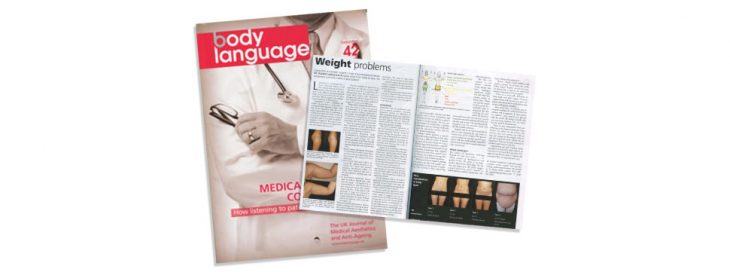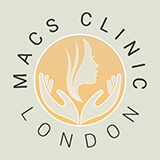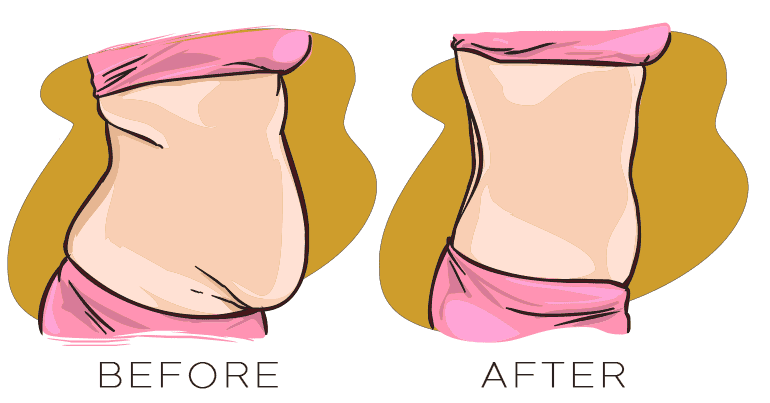
Liposuction is cosmetic surgery‘s most misconceived procedure. Mr Shailesh Vadodaria discusses what it can really achieve, the equipment, and who makes a good patient
Liposuction is a technique that re-moves unwanted deposits of fat from specific areas of the body including under the chin. the upper arms. trunk. abdomen. Buttocks, hips and thighs. knees and occasionally the calves and ankles. Plastic surgeons also call liposuction lipoplasty or liposculpture.
Liposuction is not a substitute for weight reduction but is a method for removing localised deposits of fatty tissue that do not respond to either diet or exercise. Liposuction may be performed as a primary procedure for body contouring or may be combined with other surgical techniques such as a facelift. an abdominoplasty or thigh lift. The aim of combining these procedures is to tighten loose skin and supporting structures.
The best candidates for liposuction are individuals of relatively normal weight who have excess fat in a particular area. Having firm elastic skin will result in a better final contour after liposuction. Hanging skin will not reshape itself to the new contours and may require additional surgery for removal and tightening.
Body contour irregularity due to structures other than fat cannot be improved by liposuction: on its own liposuction will not improve cellulite. Liposuction is not usually recommended for individuals with heart or lung disease. poor blood circulation or patients who have recently had surgery near the area to be suctioned.
There are numerous ways to remove fat from underneath the skin. Basically. Fat cells are broken down by mechanical force, lasers, ultrasound energy or water jet.
- Suction-assisted liposuction (SAL is performed by inserting a cannula through a small incision. The cannula is passed back and forth through the fatty deposits and is attached to a vacuum pump that sucks out the fatty tissue.
- Energy-assisted liposuction techniques were developed to reduce tissue injury and downtime post-operatively. It has been claimed they improve soft-tissue tightening.
- Power assisted liposuction (PAL) advances SAL. adding vibrations to the cannula for a faster and smoother procedure. An objective of PAL is to reduce tissue trauma so that there is less post-operative swelling. pain and bruising.
- ln laser-assisted liposuction (Smart lipo). fat cells are blasted with a thin laser wire probe. The liquefied fat is removed from the area by lymphatic and venous circulation and metabolised in the liver. If the volume of Iiposuction is large, it is removed by low suction-assisted liposuction. It is a good technique for small localised areas of fat deposits. such as the chin and upper arm.
Water jet-assisted liposuction it another modern technique for removing localised fat. It allows infiltration of a large volume of diluted local anaesthesia with minimal discomfort. The water jet spray breaks down fat cells with minimal tissue injury.
A special cannula that emits ultrasonic energy to breakdown the fatty deposits is another technique. It is called ultrasound assisted liposuction.
Radiofrequency-assisted liposuction is a new generation of energy-assisted device in which fat cells are liquefied with radio frequency-generated heat and aspirated at the same time.
Anaesthesia
Liposuction may be performed under local or general anaesthesia. Tumescent liposuction involves the infiltration of fluid containing dilute local anaesthetic and adrenalin (to help present bleeding into fatty deposits. This can reduce discomfort at the time of surgery as well as reduce post-operative bruising
We prefer to perform liposuction under local anaesthesia with sedation as a day-case procedure. We can change the position during the procedure easily as patients are awake and do not feel pain. This technique helps to encourage patients early mobilisation following the procedure and return to day-to-day activities as soon as possible.
I prefer to use tumescent infiltration and sedation for my body contouring procedures as it significantly reduces blood loss and the required sedation. Most of the patients return home four hours after the liposuction. This allows me to change the position of the patients during the operation with more safety and ease.
Pressure garments and lymphatic massage therapy are essential in the port-operative period to reduce swelling, bruising and pain. They also promote healing and maturation of scar.
The distribution of fat in the body is genetically influenced. But fat cannot be deposited if excess food is not eaten and the calories consumed do not exceed the calories needed for day-to-day life.
The best results for liposuction come from balancing activity and exercise with calorie intake. A surgical result can be quickly undone by a failure to maintain appropriate diet and exercise. Patients should be physically healthy. psychologically stable and realistic in their expectations. One of my patients had an exceptionally good result by paying attention to her diet, exercising regularly for six months, and having deep lymphatic massage therapy.
Age is not usually a criterion. but older patients tend to have diminished skin elasticity and may not achieve as good a tenth as a younger patient. The four crucial elements in establishing a healthy able appearance are a change in lifestyle, good diet. appropriate exercise with the “aid” of body contouring.
Cellulite, which describes a specific look of fat in skin overlaying certain areas in the body, is difficult to treat. As people age almost all develop cellulite. It is not a different type of skin but rather a specific look that reflects the architecture of the fat and skin in particular areas. Superficial liposuction with a thin cannula. pressure therapy and lymphatic massage therapy can treat it with variable outcomes.
When a person loses weight by dieting and exercise. the skin will usually contract gradually over the period of weight-loss. This is similar to skin contracting after a pregnancy. Bur skin contraction is not always smooth. Many people who have undergone significant weight loss will often have stretch marks or loose skin. These can also he caused by liposuction. immediately after liposuction the skin overlying the area where fat has been removed is loose. hut over the next several hours this area will swell significantly and the skin may stretch. This swelling slowly disappears over the next few weeks and the skin usually contracts.
Irregularities in the microscopic blood flow to the remaining fat can result in further areas of fat atrophy. This process cart be helped by massage. pressure garments and skin conditioning. Superficial liposuction using a thin cannula improves skin contraction.
Which technique?
The choice of liposuction technique depends on body mass index. Involved, amount of lipodeposition and quality of skin. We prefer to use laser-assisted liposuction (Smart lipo) for the chin and upper arm. We prefer energy assisted liposuction—power assisted or radio frequency-assisted liposuction—for large volume of fat reduction.
Patients should avoid smoking and aspirin products for at least two weeks before surgery. Regular exercise and muscle toning help to improve the safety and aesthetic outcome of the procedure.
There is a noticeable difference in body shape soon after surgery. However, improvement will become even more apparent after about three weeks when most of the swelling has subsided.
After about three months any persistent mild swelling will resolve and the final contour will be apparent. lf expectations are realistic. most patients are pleased with the results. By eating a healthy diet and exercising regularly. they can maintain the benefits of Iiposuction.
There are two components of fat contributing to the shape of abdomen. Liposuction can reduce the fat volume only between skin and muscles but will not have any change in the volume of fat inside the peritoneal cavity. which may be significant. This can be only reduced by cardiovascular exercise and diet.
Liposuction can give amazing results provided it is delicately performed by an experienced and qualified specialist. Energy-assisted devices help to improve the outcome if they are appropriately used.






Leave a Comment